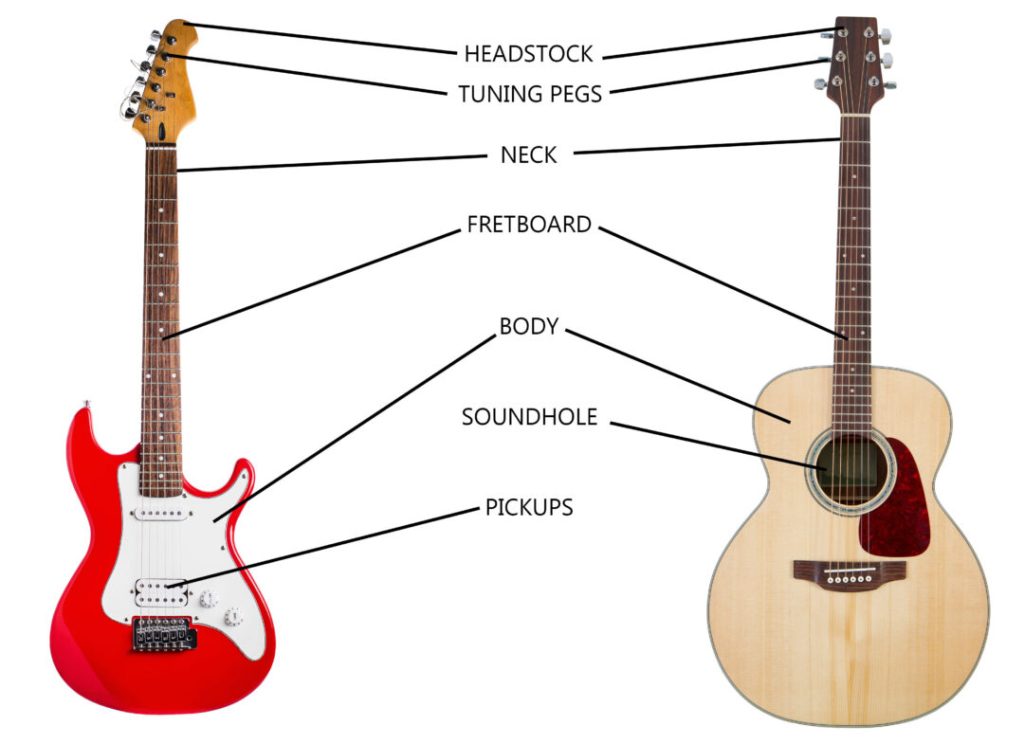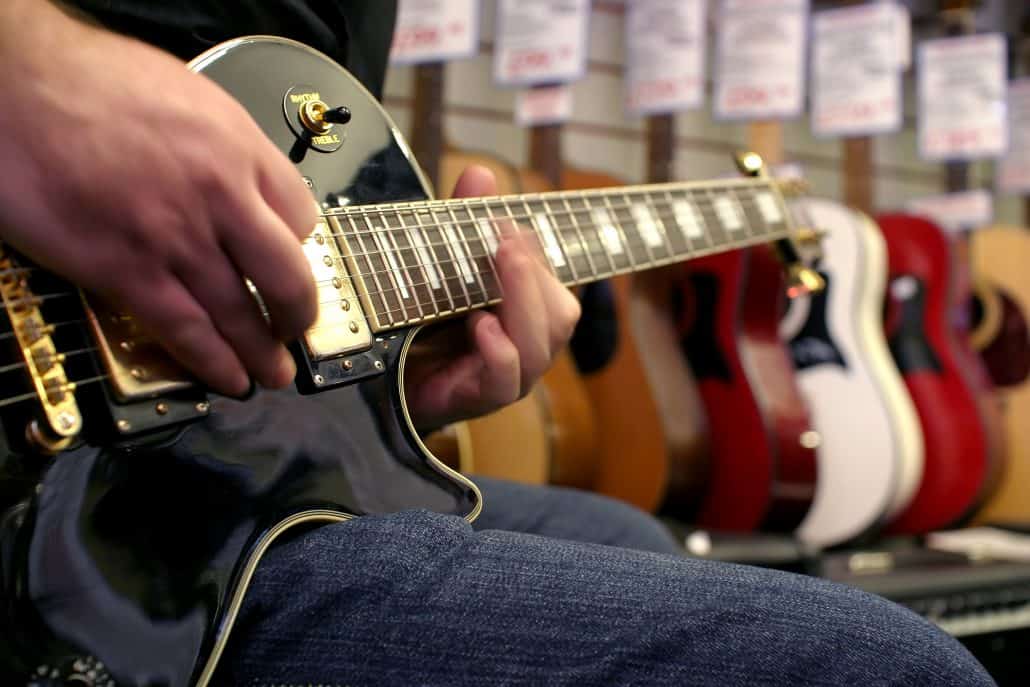Nirvana guitars hold a significant place in music history, particularly in the grunge and alternative rock genres. The band Nirvana, fronted by the late Kurt Cobain, revolutionized the music industry with their raw and emotional sound. Their guitars played a crucial role in shaping their unique sound and have since become iconic instruments in the world of rock music. In this article, we will explore the history of Nirvana guitars, their key features, and how to achieve the iconic Nirvana sound.
The History of Nirvana Guitars: From Grunge to Modern Rock
Nirvana emerged in the late 1980s and early 1990s as one of the leading bands in the grunge movement. Their music was characterized by its heavy guitar riffs, catchy melodies, and introspective lyrics. Nirvana’s influence on the music industry cannot be overstated. They brought alternative rock into the mainstream and paved the way for countless bands that followed.
The evolution of Nirvana guitars can be traced throughout their career. In their early days, Kurt Cobain primarily played a Fender Mustang and a Fender Jaguar. These guitars had a distinctive sound that became synonymous with Nirvana’s music. As the band gained popularity, Cobain started experimenting with different guitar models, including Gibson Les Pauls and Fender Stratocasters.
Key players in the development of Nirvana guitars include Kurt Cobain himself, who had a unique playing style that heavily influenced the band’s sound. Additionally, guitar techs like Earnie Bailey played a crucial role in maintaining and modifying Cobain’s guitars to achieve the desired tone.
Understanding the Anatomy of a Nirvana Guitar: Key Features and Components

To understand the unique sound of Nirvana guitars, it is important to familiarize yourself with their key features and components. Nirvana guitars typically have a solid body construction, which contributes to their heavy and aggressive tone. They often feature single-coil pickups, which produce a bright and twangy sound.
One of the most distinctive features of Nirvana guitars is the use of modified electronics. Kurt Cobain was known for modifying his guitars to achieve a specific sound. This often involved rewiring the pickups, adding additional switches, or even removing certain components. These modifications contributed to the unique tone and versatility of Nirvana guitars.
Other key components of Nirvana guitars include the bridge, which affects the sustain and intonation, and the neck, which can vary in shape and thickness. The choice of materials, such as the type of wood used for the body and neck, also plays a role in shaping the overall sound of the guitar.
Choosing the Right Nirvana Guitar for Your Musical Style and Needs
When selecting a Nirvana guitar, there are several factors to consider. First and foremost, you should think about your musical style and needs. Are you primarily interested in playing grunge and alternative rock, or do you want a versatile guitar that can handle a variety of genres? This will help determine which model is best suited for you.
Nirvana guitars come in various models, each with its own unique characteristics. Some popular models include the Fender Mustang, Fender Jaguar, Gibson Les Paul, and Fender Stratocaster. The Fender Mustang and Jaguar are known for their short scale length and distinctive tone, making them ideal for players who want to replicate Kurt Cobain’s sound. On the other hand, the Les Paul and Stratocaster offer a more versatile range of tones and are suitable for a wide range of musical styles.
Matching your guitar to your playing style and musical preferences is crucial. If you’re a beginner or intermediate player, it’s important to choose a guitar that is comfortable to play and suits your skill level. Consider factors such as neck shape, weight, and overall feel when making your decision.
The Best Nirvana Guitar Models for Beginners and Intermediate Players
For beginners looking to start their journey with Nirvana guitars, there are several models that are easy to play and offer a good introduction to the brand. The Fender Mustang is a popular choice, thanks to its short scale length and comfortable neck. It’s also relatively affordable, making it a great option for those on a budget.
Intermediate players who are looking to upgrade their gear can consider models like the Fender Jaguar or Gibson Les Paul. These guitars offer a wider range of tones and are suitable for players who want to explore different musical styles beyond grunge and alternative rock.
Tips for Maintaining and Caring for Your Nirvana Guitar
Proper maintenance and care are essential for keeping your Nirvana guitar in top condition. Regular cleaning and inspection can help prevent issues such as rust, fret wear, and electronic problems. It’s important to clean your guitar after each use, wiping down the body, neck, and strings with a soft cloth. Avoid using harsh chemicals or abrasive materials that could damage the finish.
Storing your guitar properly is also crucial. Keep it in a cool and dry place, away from direct sunlight or extreme temperatures. Use a guitar stand or case to protect it from accidental bumps or falls.
Common issues to watch out for include loose hardware, buzzing frets, and electronic problems. If you notice any of these issues, it’s best to take your guitar to a professional technician for repair.
How to Achieve the Iconic Nirvana Sound with Your Guitar
To achieve the iconic Nirvana sound with your guitar, there are several techniques and tools you can use. First and foremost, it’s important to focus on your playing style. Kurt Cobain’s playing was characterized by his aggressive strumming, power chords, and use of dynamics. Practice these techniques to capture the essence of Nirvana’s sound.
Effects pedals also played a significant role in shaping Nirvana’s sound. Cobain used pedals such as the Electro-Harmonix Big Muff Pi, Boss DS-1, and Small Clone chorus to create his signature tone. Experiment with different pedals to find the ones that best suit your playing style and desired sound.
Tuning and string selection are also important factors in achieving the Nirvana sound. Cobain often tuned his guitars down a half-step or even a full step, which contributed to the heavy and dark tone of his music. Consider experimenting with different tunings and string gauges to find the right balance for your playing style.
Mastering Nirvana Guitar Riffs and Techniques: A Step-by-Step Guide
Nirvana’s music is known for its catchy riffs and memorable solos. To master these riffs and techniques, it’s important to break them down step by step. Start by learning the basic chords and progressions used in Nirvana songs. Practice strumming patterns and power chords to develop your rhythm playing.
Once you have a solid foundation, you can move on to more advanced techniques such as palm muting, slides, and bends. These techniques are commonly used in Nirvana’s music and will help you capture their unique sound.
It’s also important to practice with a metronome or backing tracks to improve your timing and accuracy. Start slow and gradually increase the tempo as you become more comfortable with the riffs and solos.
Exploring the Versatility of Nirvana Guitars in Different Music Genres

While Nirvana guitars are often associated with grunge and alternative rock, they can be used in various genres beyond these styles. The versatility of these guitars allows players to experiment with different tones and textures.
For example, the Fender Stratocaster is known for its bright and twangy sound, making it suitable for genres like blues, funk, and even country. The Gibson Les Paul, on the other hand, offers a warm and rich tone that works well in classic rock and blues.
Adapting your playing style to fit different musical contexts is key. Experiment with different techniques, effects, and playing styles to find the right sound for each genre.
Taking Your Nirvana Guitar Performance to the Next Level: Live Shows and Recording Sessions
To take your Nirvana guitar performance to the next level, it’s important to prepare for live shows and recording sessions. Practice your setlist thoroughly, focusing on transitions between songs and maintaining a consistent energy level throughout your performance.
When performing live, it’s important to use your Nirvana guitar to create a memorable performance. Experiment with stage presence, movement, and interaction with the audience to engage them in your performance.
In the recording studio, work closely with your producer or engineer to achieve the desired sound. Experiment with different mic placements, amp settings, and effects to capture the essence of your Nirvana-inspired sound.
Collaborating with other musicians can also enhance your performance. Work with a bassist and drummer who understand the dynamics of Nirvana’s music and can help you create a tight rhythm section.
Conclusion
Nirvana guitars have left an indelible mark on music history. Their raw and emotional sound continues to resonate with audiences today. Understanding the history of Nirvana guitars, their key features, and how to achieve the iconic Nirvana sound can help you develop your own unique style as a guitarist. Whether you’re a beginner or an experienced player, exploring the world of Nirvana guitars can open up new possibilities for your musical journey.
